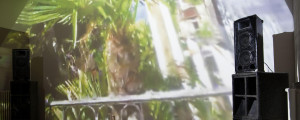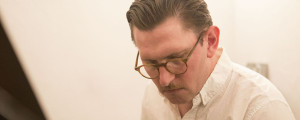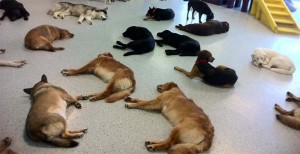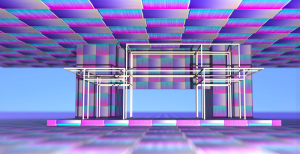A crystal seemingly abandoned on a studio floor, projections twinkling across panes of glass. ‘Where Are We Now?’ asks the title, as we walk, looking through the lens of a hand held camera, down a dark corridor. David Bowie sits center stage in a studio, surrounded by a larger-than-life candy blue ear, a projection screen and other thoughtfully misplaced oddities. Except it’s not Bowie’s body but his face. It is projected onto a sculpted oval that sits upon a conjoined twin-like rag doll, with another visage, that of abstract painter Jacqueline Humphries, whose husband, respected video sculptor Tony Oursler, directs the production.
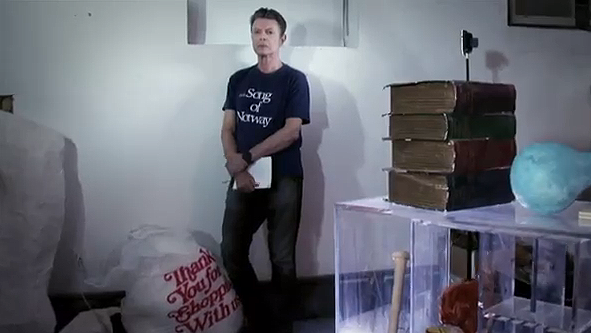
Filmed in Oursler’s studio in New York, the piece marks the so called ‘return of Bowie’, a revival of his Berlin years, and ‘Where Are We Now’ is the opener. It’s a sombre, nostalgic trip before launching into The Next Day, his latest album, set for a March release on his own Iso Records.
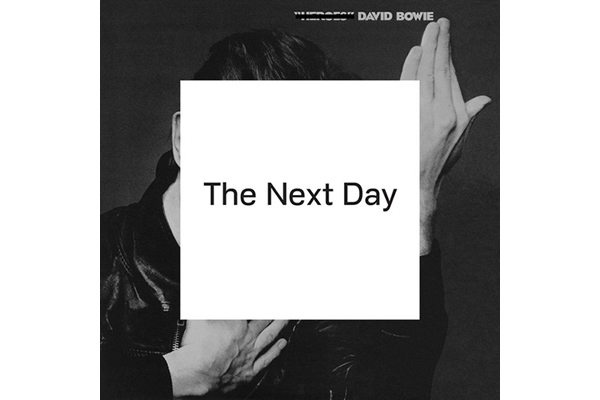
Juxtaposed images from everyday life, beamed onto different materials and into different spaces, are Oursler’s forté, with which he realised an interest in the third space, whether that be in our understanding of film or psychology. Speaking candidly in an interview for Tate Shots, Oursler explains his characters “tend to exist in existential spaces, and are somewhat tortured and struggling.” Perhaps the perfect backdrop for a song where Bowie revisits Berlin -both physically and in memory – is the place where he recorded Heroes in the mid-1970s; a few square miles of the Schöneberg area, which was outside the control of the communist Eastern Block. Filmed as it is today, the video features little editing, save for a blue filter that hints at a certain melancholy.
Despite this very apparent surreal atmosphere, there’s little behind the smokescreens of one reality coating another that make the film truly abstract, or expressionist. We’re given something that’s quite literal instead, with almost sing-a-long styled lyrics that appear as Bowie sings, footage that rolls and the place name appears. There’s also nothing spectacular to see if you’ve already seen Oursler’s work before. In fact there’s much less of a play with reality, apart from very basic Adobe after-effects work, that appears out of the projected screen as the sun is mentioned, itself a quite literal image taken from the song.

Oursler can, however, be forgiven. After all, this is a music video, not a multimedia-installation and as a work that aims to introduce Bowie’s latest album, it balances a tried and tested method. The video for ‘Where Are We Now?’ is uncanny to the viewer yet not so wild that it won’t soon be absorbed into the canon of other oddities in Bowie’s video anthology -such as what appeared to be his mother lecturing him in ‘Ashes to Ashes’. Unlike any others, however, it is a far warmer work, produced by two friends, over the space of a month. And after their earlier collaboration for ‘Little Wonder’, it could have been worse.
David Bowie’s The Next Day is out on his own Iso Records March 11, 2013.
